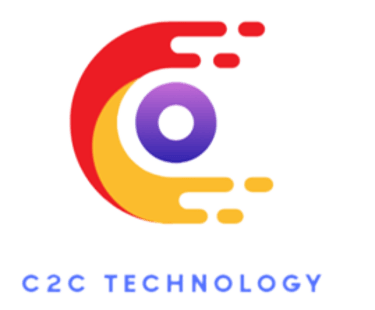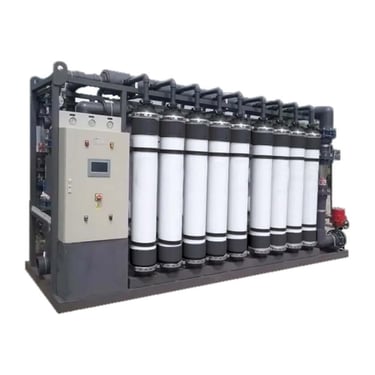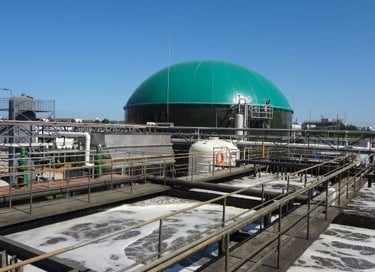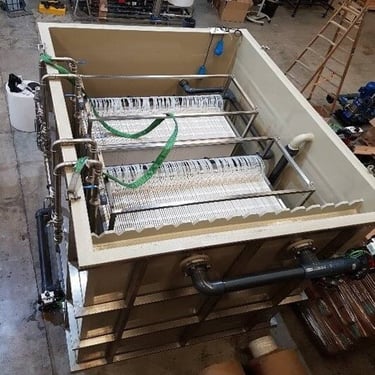Process-Brine Treatment (ZLD)

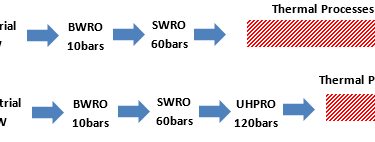
Suspendisse faucibus mauris massa, ut scelerisque est ultricies nec. Aliquam quis dictum tortor. Nunc tincidunt gravida ornare. Sed pulvinar faucibus dolor ac efficitur.
Brine Treatment (ZLD)
The main modern means for desalination is by means of Reverse Osmosis Reverse Osmosis Demineralization. In the recent years it
The main modern means for desalination is by means of Reverse Osmosis Reverse Osmosis Demineralization. In the recent years it’s been adapted into more demanding applications such as the treatment of industrial wastewater effluents.
The main challenges of industrial wastewaters for membranes processes are a) scaling/fouling Antiscalants and b) brine management.
a) Potential scaling of the membranes limits the water recovery which means increased brine volumes and high disposal costs of the latter. Scaling potentials also leads to increased membrane maintenance and replacement.
b) Brines treatment are associated with high costs Brine-treatment which can an otherwise promising water resources not viable for reuse.
The reverse osmosis operation comprises of high pressure applied in order to drive water through semipermeable membranes that reject salt ions. Higher system recovery (more water produced, more salts concentrated) results in higher driving pressures which increase with higher brine concentrations and reduces freshwater permeate flux, requiring larger membrane area.
The maximum operating pressure for a standard sea water RO membrane is typically around 80 bar in order to overcome the retentate osmotic pressure of seawater treated to 50% recovery (∼70,000 mg/L; π ≈ 59 bar). Because of hydraulic-pressure limitations of RO, hypersaline brines (≥70000 mg /L), could be further treated via thermal processes Evaporation Crystallisation.
Thermal technologies are used to concentrate brine streams to approximately 250,000 mg/L (π≈290 bar). Thermal-based brine crystallizers then concentrate the waste stream above its solubility limit (e.g., 357,000 mg L/1 for NaCl) to extract solid salts for disposal. These technologies typically present high CAPEX and specially high OPEX (high energy required for the process).
With recent developments on RO membrane market, ultra-high-pressure reverse osmosis (UHPRO) spiral wound membranes have been developed capable of withstanding 1800 psi (120 bar). UHPRO membranes enable the concentration of saline streams up to 130,000 mg/L total dissolved solids (TDS) for NaCl and 150,000 mg/L for Na2SO4 which means a 50% decrease in brine volume comparing to the standard types of membranes.
This results in more fresh water produced and less brine to be disposed or further treated by thermal technologies
Reject Brine TDS %(mg/L)
Reject Brine TDS %(mg/L)
Characteristics of Significant Brine Sources and Current Disposal PracticesBrine WastewaterTypical TDS (mg/L)Current Disposal PracticeOil&Gas produced water13,000-210,000Direct ocean discharge, deep well injection, reuse for hydraulic fracturing, evaporation pondsBrackish groundwater5,000-55,000Surface/ sewer discharge, deep well injectionFlue gas desulfurization (FGD) wastewater16,000-50,000Settling ponds, chemical precipitation and surface discharge, zero liquid dischargeLandfill leachate0-50,000Land application, recirculation to landfillCoal to Chemicals wastewater2,000-16,000Zero liquid dischargeTextile industry wastewater1,500-30,0000Zero liquid discharge, chemical & biological treatment prior to surface discharge
The capital cost of UHPRO systems is higher than the cost of brackish or seawater RO systems but much lower than thermal evaporators. UHPRO can be applied upstream of evaporators, to reduce the latter’s size which means less CAPEX & OPEX for the thermal processes. Typical brine concentration limits and volume reduction ratios are summarized below.
TechnologyTDS brine limit (mg/L)Brine Volume Reduction relative to SWROSWRO (1,200 psi)80,0001.0xUHPRO130,0001.6xEvaporator (thermal/MVR)220,0002.8x
UHPRO is increasingly being used in industrial effluents treatment processes for Zero Liquid Discharge (ZLD) and Minimal Liquid Discharge (MLD) applications. The result: far less thermal desalination is needed to achieve the same ZLD and MLD treatment objectives.
Lenntech provides customized solutions for brine concentration, considering a wide range of technologies and strategies. We can provide you high pressure RO with spiral wound membranes or disc filtration RO, for more challenging applications.
Water-uses-in-automotive-industries
